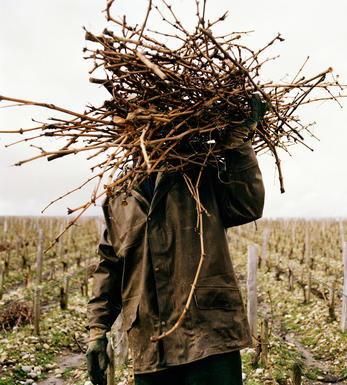
2009 Château Pibran, Pauillac, Bordeaux

Critics reviews
Robert M. Parker, Jr. - 29/02/2012
(Jancis Robinson MW - jancisrobinson.com - April 2010)
(James Suckling - Wine Spectator - April 2010)
About this WINE

Chateau Pibran
Château Pibran, now under the guidance of Jean-Michel Cazes of Lynch-Bages, produces with good complexity,weight and concentration. Its 9.5 hectares of vineyards stretch across a well-drained gravel bank and border those of Mouton-Rothschild, Lynch-Bages and Pontet Canet. They are planted with Cabernet Sauvignon (60%), Merlot (25%), Cabernet Franc (10%) and Petit Verdot (5%).
The wines are vinfied at Pichon-Baron. Fermetation takes place in temperature-controlled stainless steel tanks and the wine is matured for 12-15 months in barriques (50% new). Pibran is classified as a cru bourgeois but is now producing wines the equal of many of its more highly classified neighbours.

Pauillac
Pauillac is the aristocrat of the Médoc boasting boasting 75 percent of the region’s First Growths and with Grand Cru Classés representing 84 percent of Pauillac's production.
For a small town, surrounded by so many familiar and regal names, Pauillac imparts a slightly seedy impression. There are no grand hotels or restaurants – with the honourable exception of the establishments owned by Jean-Michel Cazes – rather a small port and yacht harbour, and a dominant petrochemical plant.
Yet outside the town, , there is arguably the greatest concentration of fabulous vineyards throughout all Bordeaux, including three of the five First Growths. Bordering St Estèphe to the north and St Julien to the south, Pauillac has fine, deep gravel soils with important iron and marl deposits, and a subtle, softly-rolling landscape, cut by a series of small streams running into the Gironde. The vineyards are located on two gravel-rich plateaux, one to the northwest of the town of Pauillac and the other to the south, with the vines reaching a greater depth than anywhere else in the Médoc.
Pauillac's first growths each have their own unique characteristics; Lafite Rothschild, tucked in the northern part of Pauillac on the St Estèphe border, produces Pauillac's most aromatically complex and subtly-flavoured wine. Mouton Rothschild's vineyards lie on a well-drained gravel ridge and - with its high percentage of Cabernet Sauvignon - can produce (in its best years) Pauillac's most decadently rich, fleshy and exotic wine.
Latour, arguably Bordeaux's most consistent First Growth, is located in southern Pauillac next to St Julien. Its soil is gravel-rich with superb drainage, and Latour's vines penetrate as far as five metres into the soil. It produces perhaps the most long-lived wines of the Médoc.
Recommended Châteaux
Ch. Lafite-Rothschild, Ch. Latour, Ch. Mouton-Rothschild, Ch. Pichon-Longueville Baron, Ch. Pichon Longueville Comtesse de Lalande, Ch. Lynch-Bages, Ch. Grand-Puy-Lacoste, Ch, Pontet-Canet, Les Forts de Latour, Ch. Haut-Batailley, Ch. Batailley, Ch. Haut-Bages Libéral.

Cabernet Sauvignon Blend
Cabernet Sauvignon lends itself particularly well in blends with Merlot. This is actually the archetypal Bordeaux blend, though in different proportions in the sub-regions and sometimes topped up with Cabernet Franc, Malbec, and Petit Verdot.
In the Médoc and Graves the percentage of Cabernet Sauvignon in the blend can range from 95% (Mouton-Rothschild) to as low as 40%. It is particularly suited to the dry, warm, free- draining, gravel-rich soils and is responsible for the redolent cassis characteristics as well as the depth of colour, tannic structure and pronounced acidity of Médoc wines. However 100% Cabernet Sauvignon wines can be slightly hollow-tasting in the middle palate and Merlot with its generous, fleshy fruit flavours acts as a perfect foil by filling in this cavity.
In St-Emilion and Pomerol, the blends are Merlot dominated as Cabernet Sauvignon can struggle to ripen there - when it is included, it adds structure and body to the wine. Sassicaia is the most famous Bordeaux blend in Italy and has spawned many imitations, whereby the blend is now firmly established in the New World and particularly in California and Australia.


Buying options
Add to wishlist
Description
Ch. Pibran benefited from a very strict selection for Grand Vin at Ch. Pichon-Baron with much of the Grand Vin quality fruit ending up in the Pibran blend. As such, this is a smooth, soft, integrated wine, with none of the tightness or restraint found in previous years. Rich, sweet almost red cherry liqueur-style fruit dominates the palate whilst the structure is provided by smooth tannins and fine acidity. This is a generous and very pretty wine.
wine at a glance
Delivery and quality guarantee